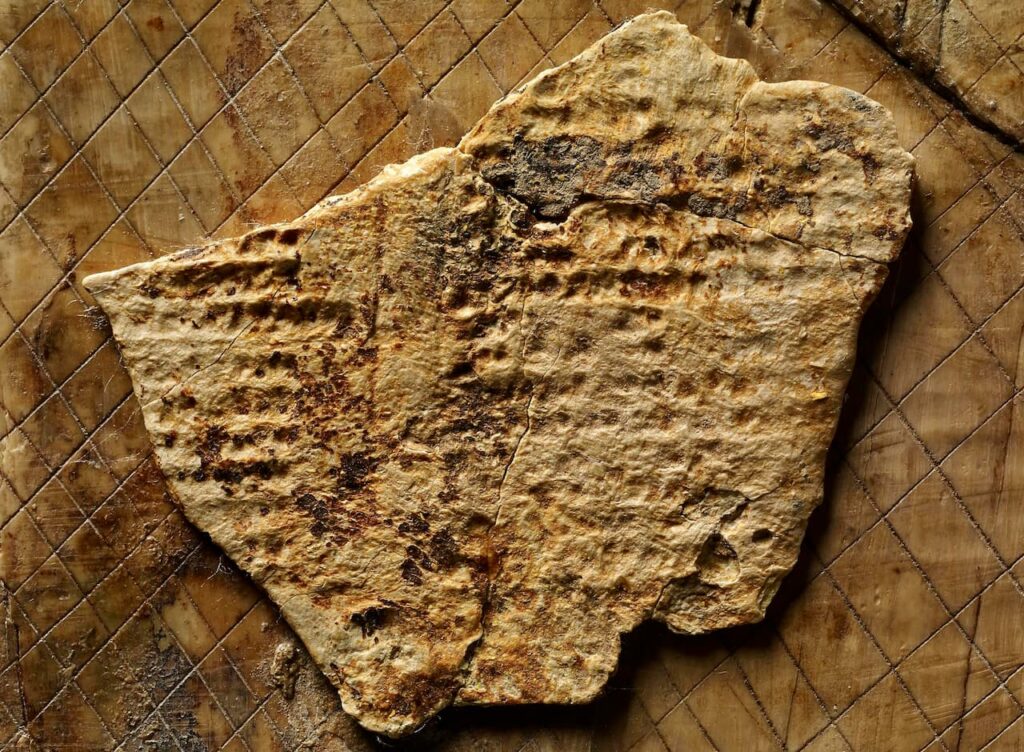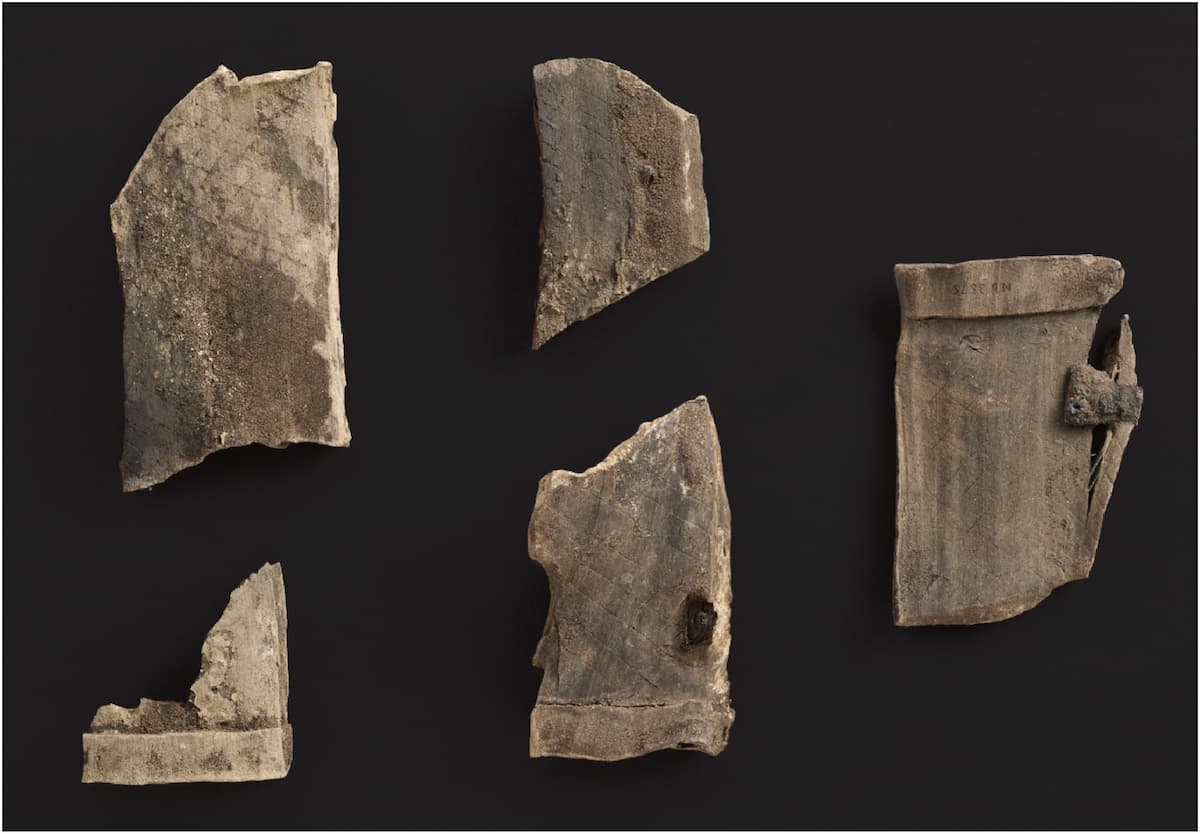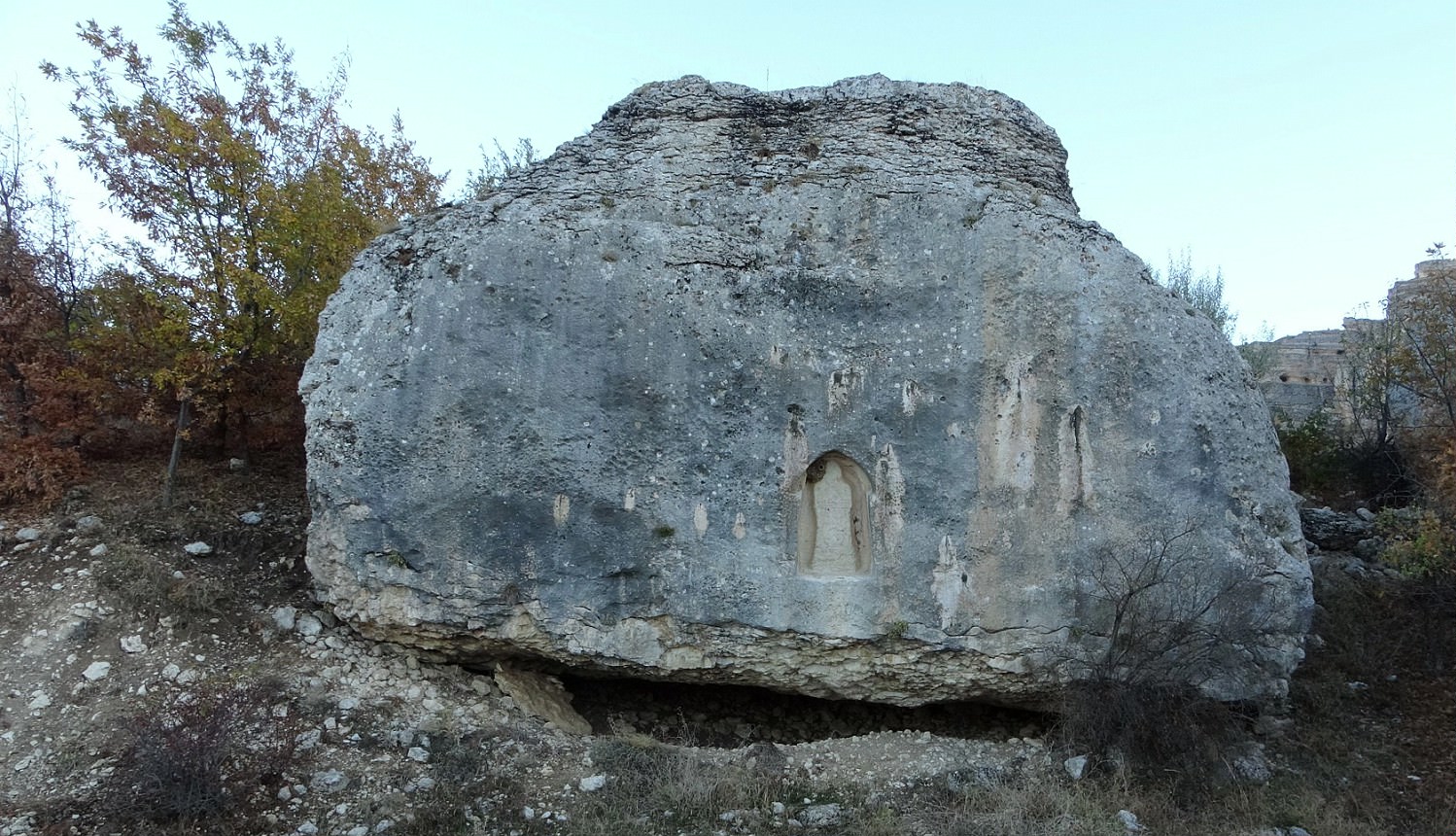Ancient writing boards excavated from Nimrud are providing incredible clues about how cuneiform script was written in the 7th century BC. These boards were written using a mixture of beeswax and orpiment (a yellow pigment).
A Great Discovery by Archaeologists:
Found during excavations in the 1950s, these tablets shed light on the administrative and scholarly practices of the Assyrian Empire. Their accidental disposal down a well during the city’s sack in 612 BC allowed these delicate artifacts to be preserved to this day.
The Power of Technology: New Analyses Solve Old Mysteries!
Initial analyses showed that the wax layer contained 25% orpiment. However, recent research at the British Museum is examining these mysteries in greater depth using advanced techniques such as Fourier Transform infrared spectroscopy (FTIR) and gas chromatography (GC-QToF-MS).
Results: Confirmed that the yellow paste primarily consisted of beeswax mixed with orpiment and contained no organic additives.

The Surprise of Carbon Black: A Revolution in Ancient Writing Techniques!
Researchers also found traces of carbon black. This suggests that the practice of adding soot or ash to beeswax for writing boards may have originated much earlier than previously thought. This finding indicates that techniques in the Middle East may have influenced later Greek and Roman practices.
Local Resources: The Story of Walnut Wood!
The tablets, made of walnut wood, indicate the use of locally available materials. This shows how ancient scribes utilized resources.
Shedding Light on the Future:
This research not only helps us understand ancient writing technology but also contributes to the broader context of Mesopotamian antiquities. These findings will shape future exhibitions at the British Museum and provide a basis for comparative studies with writing boards from other ancient cultures.
The Importance of Modern Science:
This study emphasizes the importance of using modern analytical techniques to re-examine historical artifacts. Researchers are using modern technology to discover new information and improve existing knowledge.
Conclusion:
The scientific re-examination of the Nimrud writing boards not only provides new insights into the materiality of these artifacts but also opens up new research opportunities for comparisons with writing boards from various ancient cultures.
Diego Tamburini, Joanne Dyer, at al., Material characterisation of the Neo-Assyrian writing boards from Nimrud. Journal of Archaeological Science, Volume 178, June 2025, 106218. doi.org/10.1016/j.jas.2025.106218
Cover Image Credit: Five fragments of a wooden writing board from Nimrud (9th-7th centuries BC), in the British Museum. Credit: The Trustees of the British Museum





